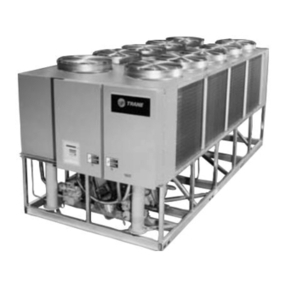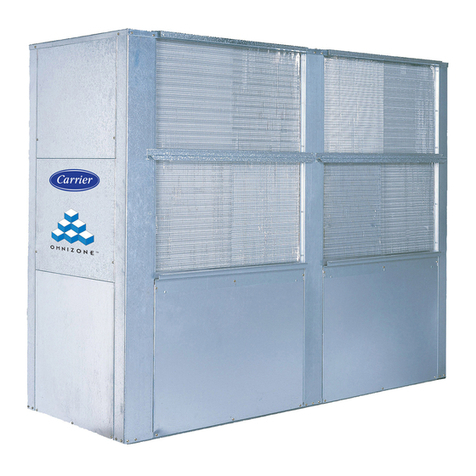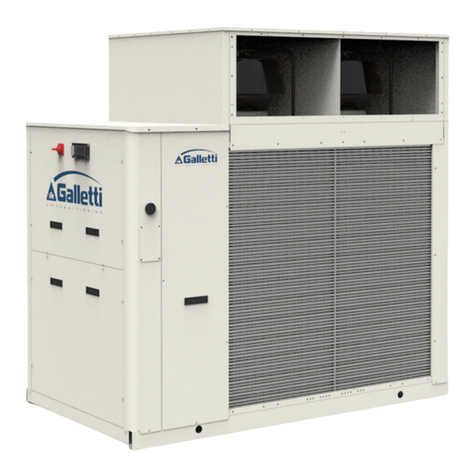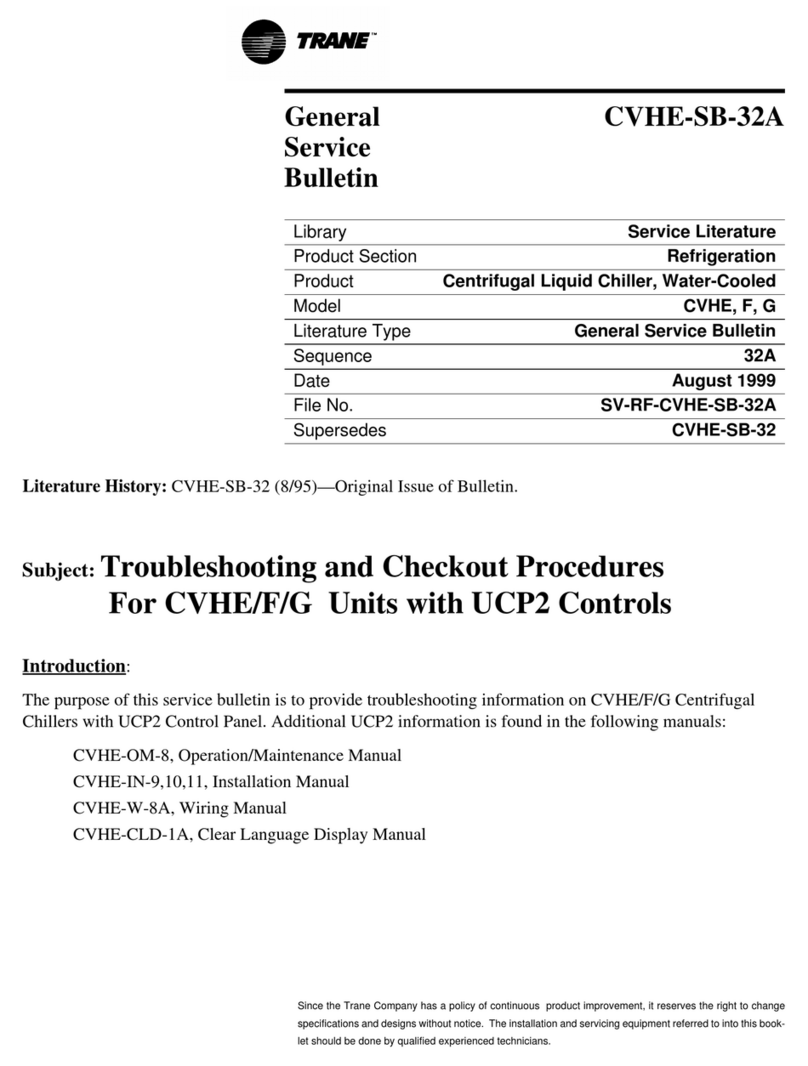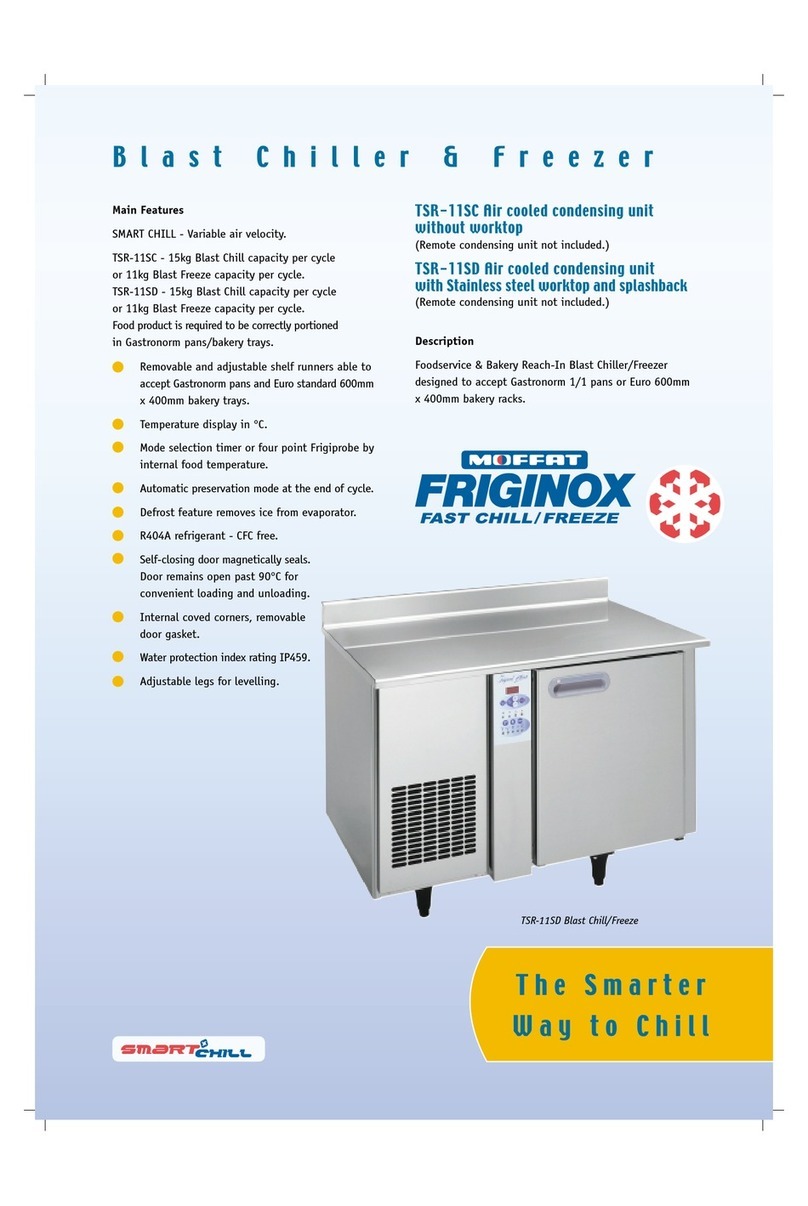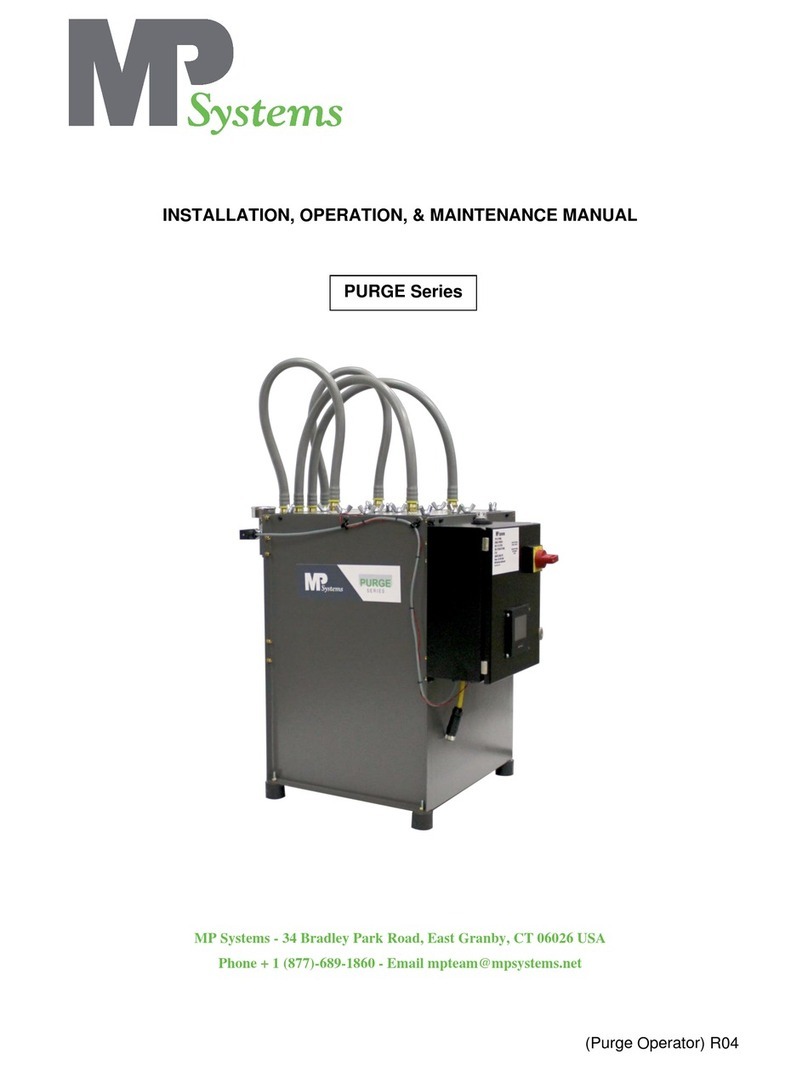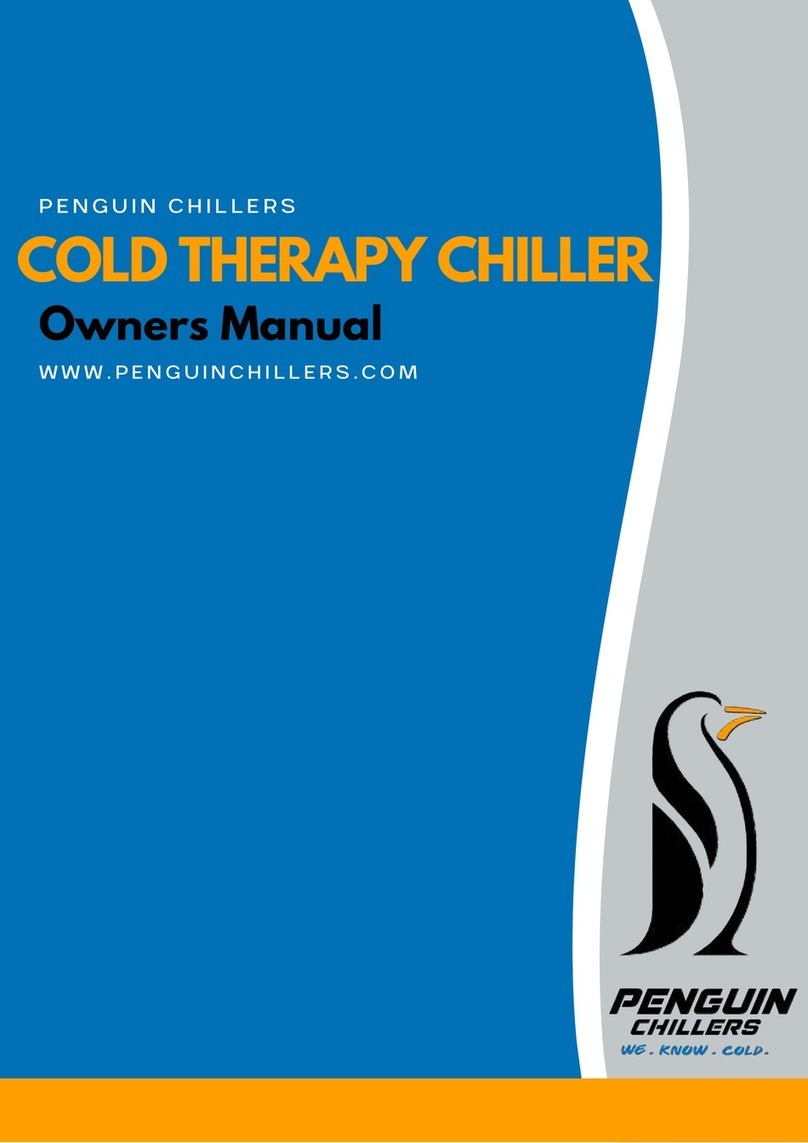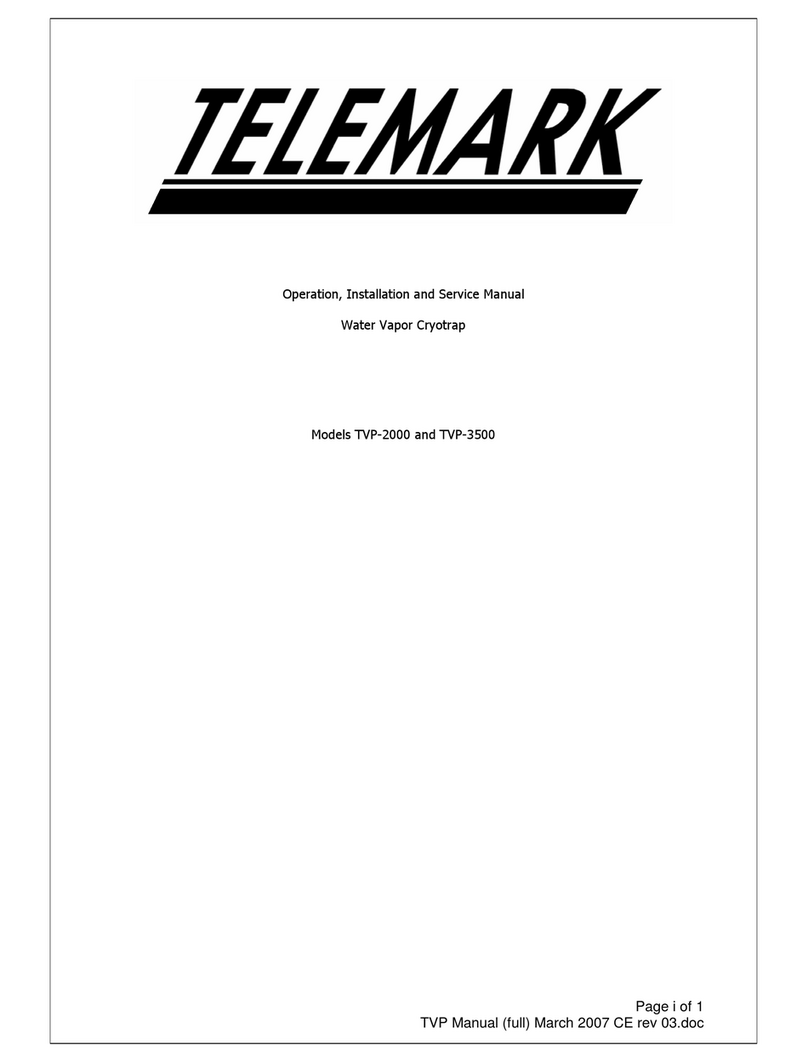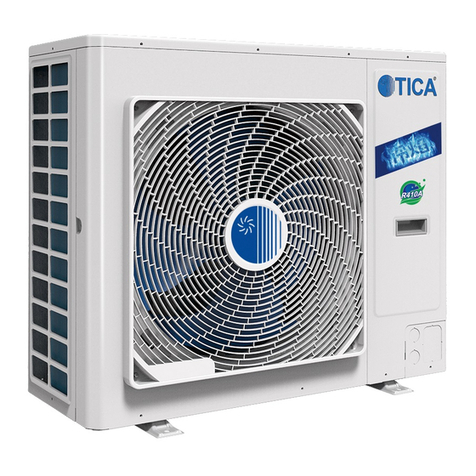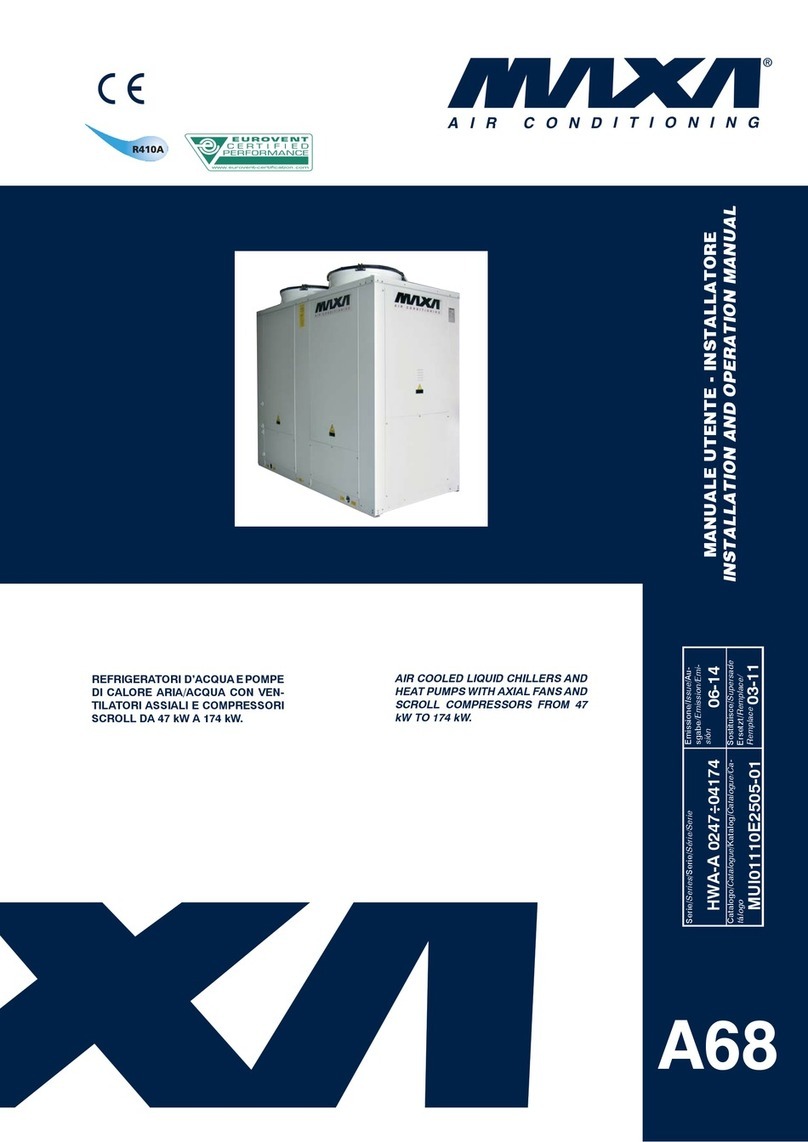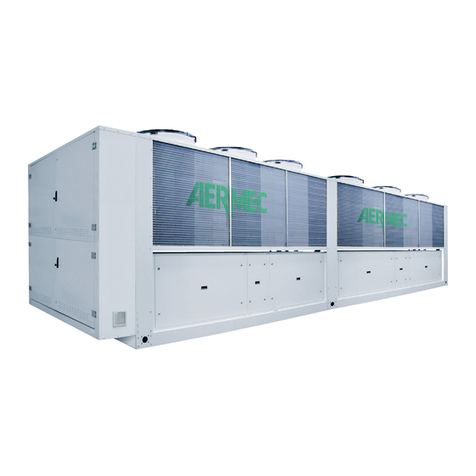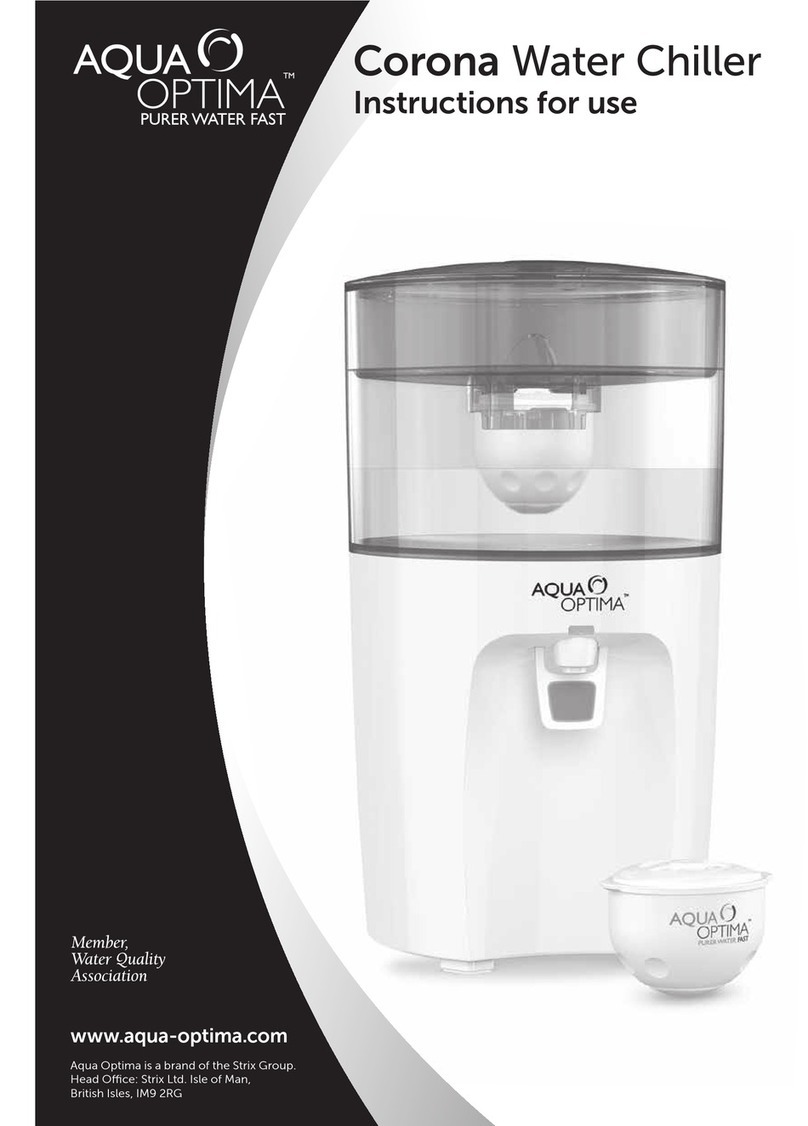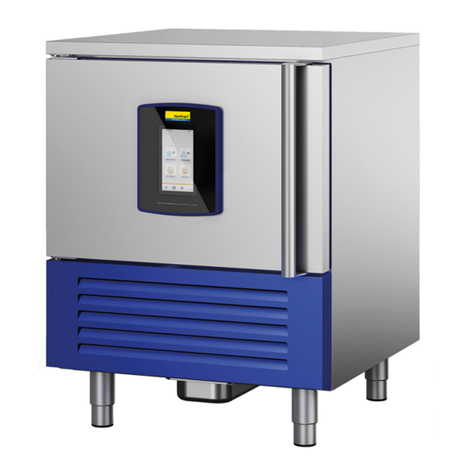HOW TO TEMPORARILY STOP THE RUNNING CYCLE.
1. Press and release the key.
2. The compressor and the fan will be stopped for the PAU time (see parameters list) and the flashing
message “Stb” will be displayed.
3. To restart the cycle press and release the key, the cycle will restart from the same point at which it was
interrupted.
4. In any case the cycle automatically restarts after the PAU time.
HOW TO STOP A CYCLE: hold pushed the
START/STOP button (2) till the yellow LED will be
switched Off.
HOW TO SET THE TIME (RTC) Must be done from initial use.
Hold pushed the DOWN key (5) till the Min label is displayed.
Use the UP and DOWN KEY to browse the parameters.
TO MODIFY: push the SET button and then the UP and DOWN keys.
TO CONFIRM: push the SET button.
TO EXIT THE RTC MENU: Push together SET + UP keys or wait 5 sec.
HOW DISPLAY / MODIFY THE SET POINT OF THE HOLDING PHASE
TO DISPLAY: Push and release the SET key (6), the
holding set point of the selected cycle is displayed for 5 sed..
TO MODIFY: while the set point is displayed hold pushed the
SET key till the HdS label start flashing. Use the UP and
DOWN key to modify the value.
TO CONFIRM: push the SET key to confirm the value and exit.
HOW MODIFY A CYCLE:
1. Push the key (6) for several seconds till the first parameter (CyS) is displayed.
2. Use the UP and DOWN keys to browse the parameters.
3. To modify a parameter push the SET key and use the arrow keys.
4. Confirm the new value by pushing the SET key.
5. The new value is recorded even if the programming is exited by time out.
3. KEYBOARD WHEN A CYCLE 1,2,3,4 IS RUNNING
DISPLAY TEMPERATURE: The upper display shows the
temperature of the thermostat probe. The bottom display
shows the temperature of a insert probe (if enabled) or the
count down timer. By pushing the DOWN key the probes iP1,
iP2, iP3 and the count down timer are displayed in sequence.
PHASE DISPLAY: pushing the UP key the running phase is
displayed.
